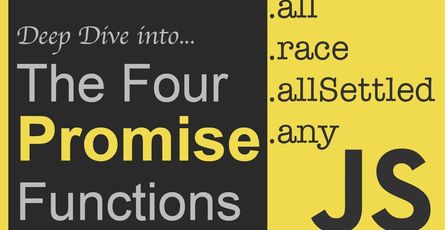Javascript Series: Debouncing - Optimizing User Interactions
-
 Samuel Dang
Samuel Dang
- June 12, 2023

In web programming, we often encounter issues when handling user interactions such as rapid keystrokes or scrolling. This can lead to unnecessary processing requests and impact application performance. In this article, we will explore the concept of “debouncing” in JavaScript and how to use it to optimize user interactions.
What is Debouncing?
Debouncing is a technique used to control the frequency of invoking an event handler function within a certain time frame. It helps prevent continuous function calls within a short period and only calls the function when there is no new event occurring after a predefined interval.
Why Use Debouncing?
Using debouncing in user interactions helps reduce the number of unnecessary processing requests and improves application performance. This is particularly useful when handling events like keystrokes, scrolling, or window resizing.
How to Use Debouncing
There are several ways to use debouncing in JavaScript. Here is an example using the setTimeout function to create debouncing:
function debounce(func, delay) {
let timeoutId;
return function() {
clearTimeout(timeoutId);
timeoutId = setTimeout(func, delay);
};
}
// Example of using debouncing in a keyup event
const input = document.querySelector('input');
function handleInput() {
// Handle logic for keystrokes
}
const debouncedHandleInput = debounce(handleInput, 300);
input.addEventListener('keyup', debouncedHandleInput);In the above example, we create a debounce function that takes a handler function and a delay interval. The debounce function uses setTimeout to set a waiting period before invoking the handler function. Each time the debounce function is called, if there is a new event occurring within the delay interval, the timeoutId is reset, canceling the previous handler function call.
Benefits of Debouncing
- Reduces the number of unnecessary processing requests, improving application performance.
- Prevents overly rapid function calls and ensures only one call is made after a waiting period.
- Avoids errors caused by fast user interactions, such as sending multiple AJAX requests simultaneously.
Conclusion
Using debouncing in JavaScript helps optimize user interactions and enhances application performance. By controlling the frequency of invoking the handler function, we can prevent unnecessary calls and only process when there is no new event occurring after a waiting period. Through this article, you should now have a clear understanding of debouncing and how to use it to improve user experience in your web applications.


